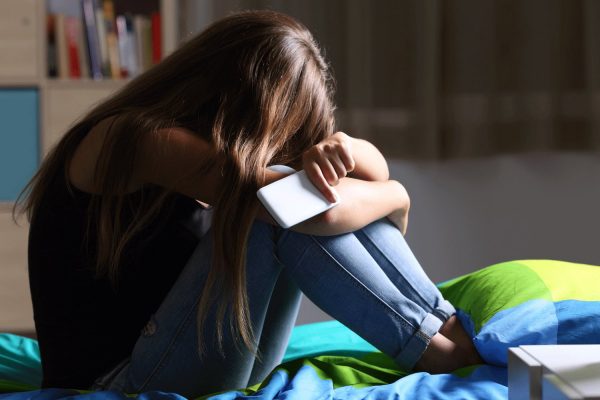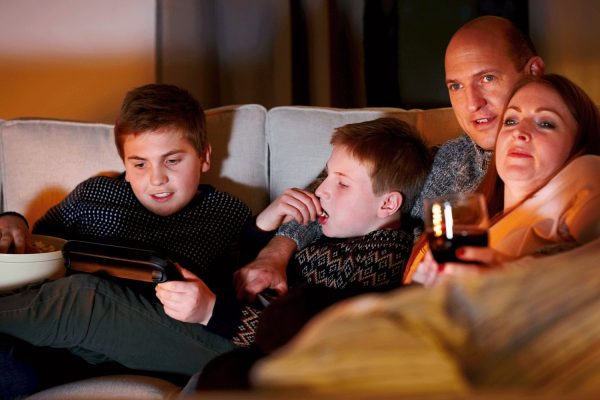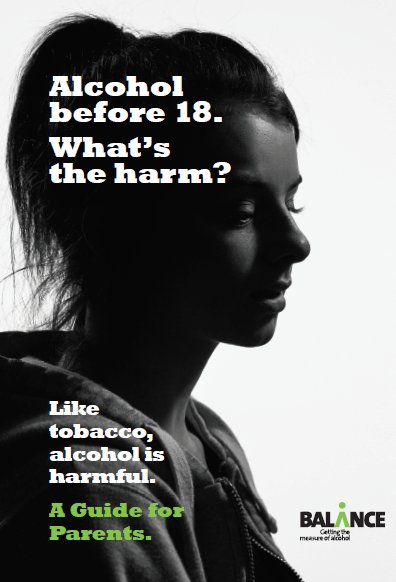Most of us think we’re experts on alcohol because many of us drink. We know when and how we first started to drink. And we know we survived the experience, although we might wish we could cut down.
The problem is we now know more about how harmful alcohol can be. It’s linked to 200 different diseases and injuries including heart disease, liver disease and seven types of cancer 1. It’s harmful for adults – but the risks are even greater for under 18s whose minds and bodies are still developing.
We now know regular alcohol during childhood – especially before 15 – raises the risks of our children becoming heavier drinkers….
For that reason, the medical advice is clear; it is healthiest and best for children to drink nothing before they are 18. And it is especially important they don’t consume alcohol under the age of 15 2.




